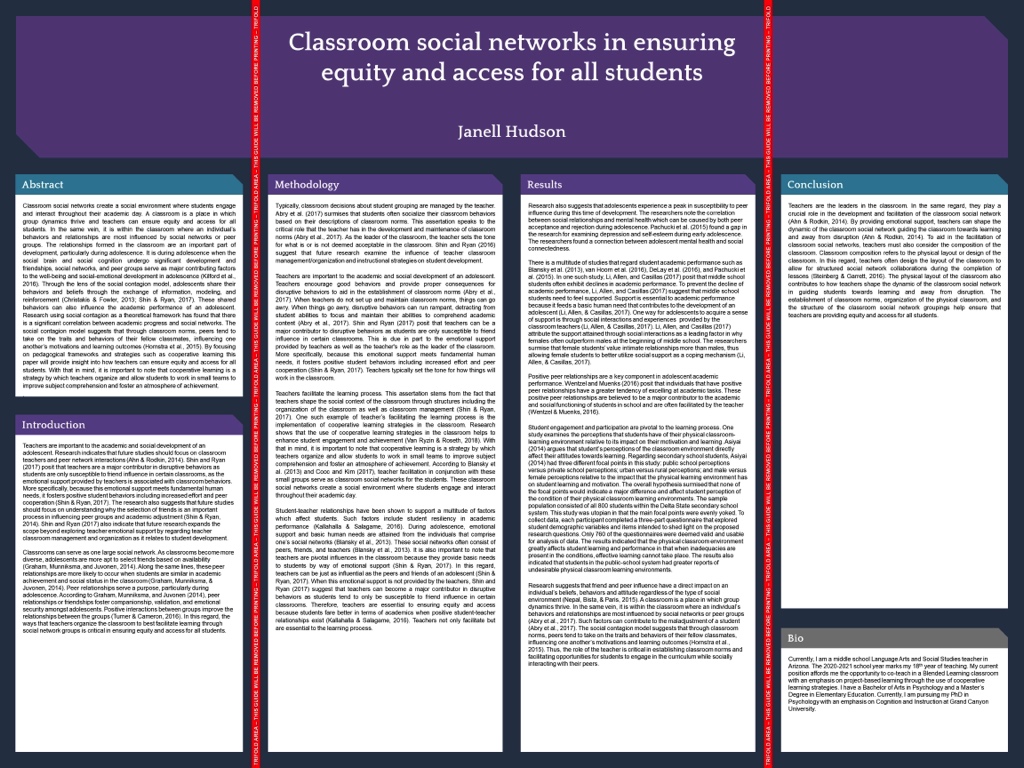Classroom social networks in ensuring equity and access for all students
Classroom social networks create a social environment where
students engage and interact throughout their academic day. A classroom is a
place in which group dynamics thrive and teachers can ensure equity and access
for all students. In the same vein, it is within the classroom where an
individual’s behaviors and relationships are most influenced by social networks
or peer groups. The relationships formed in the classroom are an important part
of development, particularly during adolescence. It is during adolescence when
the social brain and social cognition undergo significant development and
friendships, social networks, and peer groups serve as major contributing
factors to the well-being and social-emotional development in adolescence
(Kilford et al., 2016). Through the lens of the social contagion model,
adolescents share their behaviors and beliefs through the exchange of
information, modeling, and reinforcement (Christakis & Fowler, 2013; Shin
& Ryan, 2017). These shared behaviors can also influence the academic
performance of an adolescent. Research using social contagion as a theoretical
framework has found that there is a significant correlation between academic
progress and social networks. The social contagion model suggests that through
classroom norms, peers tend to take on the traits and behaviors of their fellow
classmates, influencing one another’s motivations and learning outcomes
(Hornstra et al., 2015). By focusing on pedagogical
frameworks and strategies such as cooperative learning this paper will
provide insight into how teachers can ensure equity and access for all
students. With that in mind, it is important to note that cooperative learning
is a strategy by which teachers organize and allow students to work in small
teams to improve subject comprehension and foster an atmosphere of achievement.
 CLOSE SIDEBAR
CLOSE SIDEBAR
